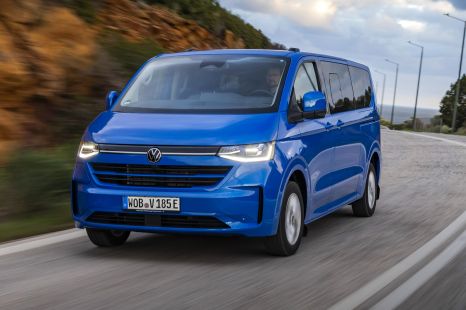

Dave Humphreys
2025 Volkswagen Transporter review: Quick drive
5 Months Ago
First came the EV version, and now there’s a much cheaper diesel option for the Chinese brand's answer to the Toyota HiAce – and it’s impressive!
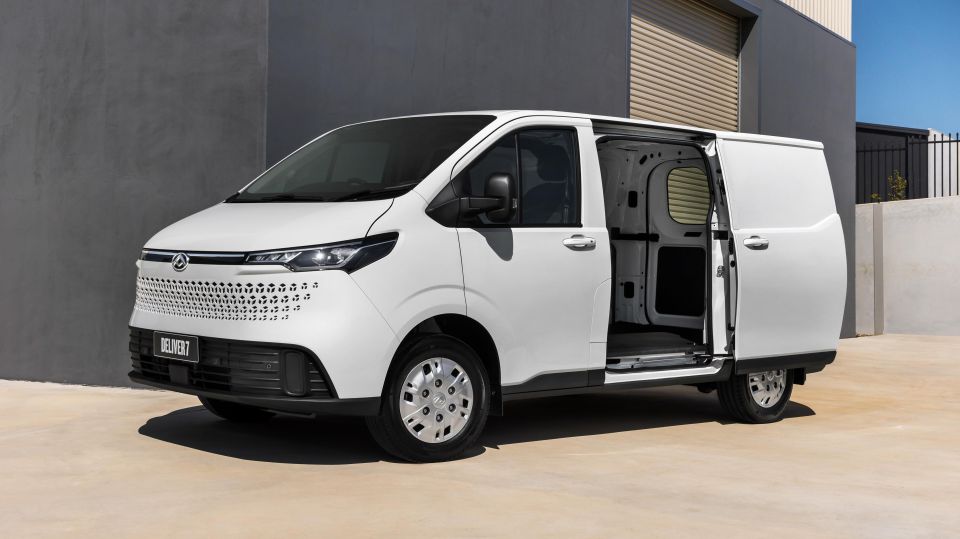
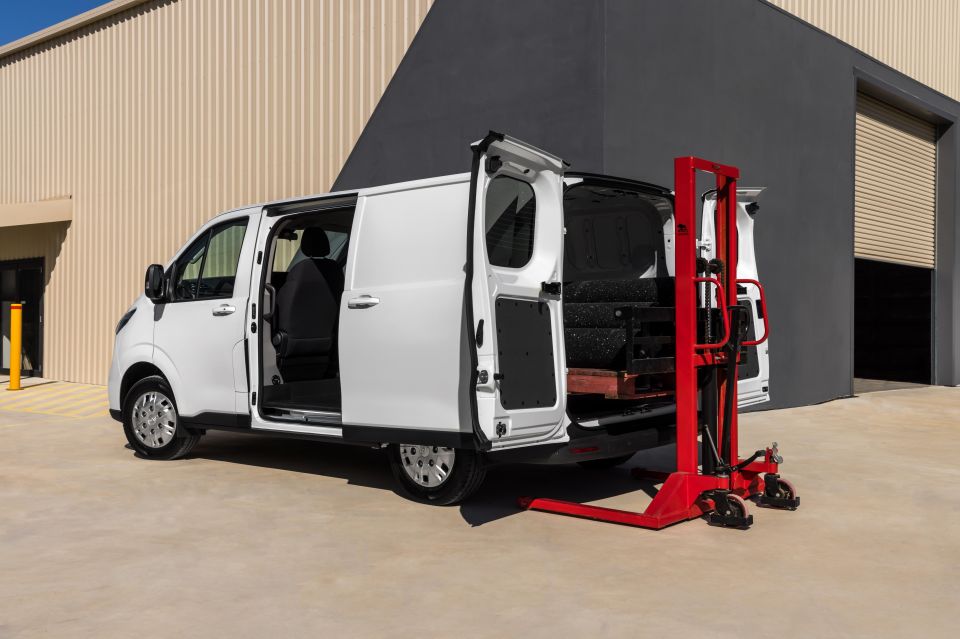

Quickly see how this car stacks up against its competition. Select any benchmark to see more details.
CarExpert helps new car buyers save thousands with expert reviews, honest advice, and transparent pricing – no dealer pressure and no sales games.
Until recently it was basically unheard of that an electric version of a new model would actually be released before the internal-combustion version… but here we are!

This is the 2025 LDV Deliver 7 – yes, note the lack of an ‘e’ prefix there, because it’s powered by a diesel engine.
That’s right, one of Australia’s most competitively priced battery-electric commercial vehicles has been joined by an even more compellingly-priced diesel version. For the money, it does a lot right.
Read on to learn more.
The new diesel-powered Deliver 7 is a fair whack cheaper than the fully-electric eDeliver 7, but it also comes with fewer options than the EV lineup.
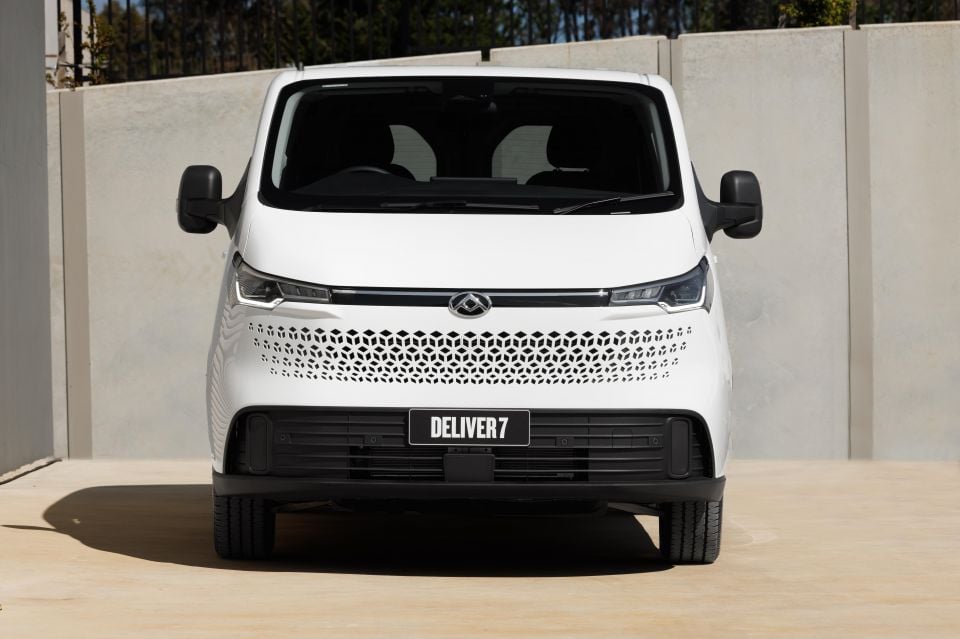
| Model | Drive-away pricing – Private | Drive-away pricing – ABN holders |
|---|---|---|
| 2025 LDV Deliver 7 SWB | $44,726 | $42,490 |
| 2025 LDV Deliver 7 LWB | $46,832 | $44,490 |
LDV is offering this diesel model as a more upmarket, roomy, and more powerful alternative to the ancient LDV G10+, which continues on sale for now.
To see how the LDV Deliver 7 lines up against the competition, check out our comparison tool
Before we get into the interior stuff, let’s consider the dimensions we’re playing with when it comes to the LDV Deliver 7 lineup.
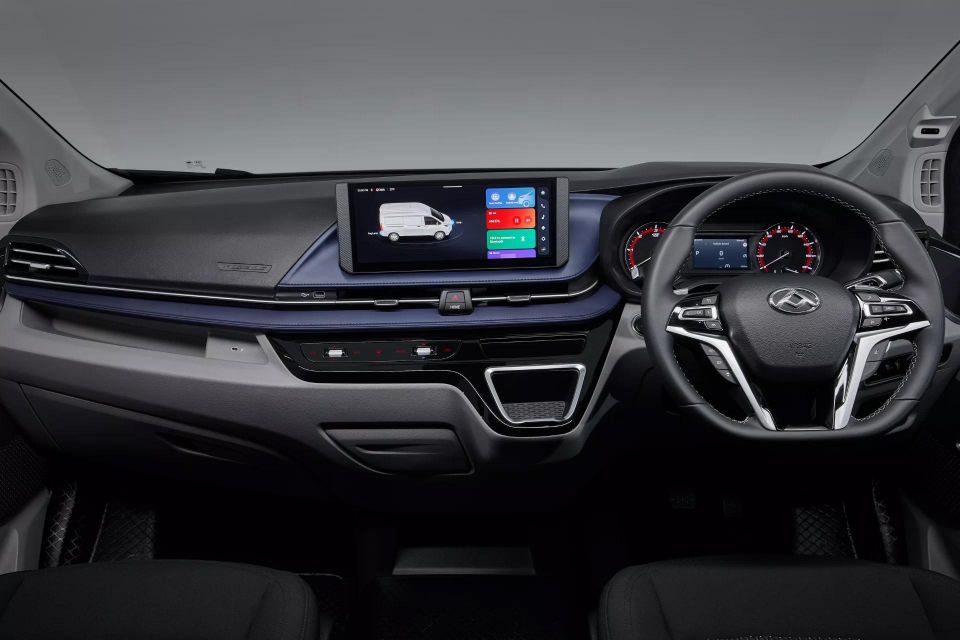
| Dimensions | LDV Deliver 7 SWB | LDV Deliver 7 LWB |
|---|---|---|
| Length | 4998mm | 5364mm |
| Width | 2323mm | 2323mm |
| Height | 1998mm | 1998mm |
| Wheelbase | 3000mm | 3366mm |
| Cargo area length | 2547mm | 2913mm |
| Cargo area height | 1328mm | 1328mm |
| Cargo area width | 1800mm | 1800mm |
| Width between arches | 1390mm | 1390mm |
| Side door opening width | 990mm | 990mm |
| Side door opening height | 1200mm | 1200mm |
| Rear doors width | 1425mm | 1425mm |
| Rear doors height | 1242mm | 1242mm |
| Total volume | 6.3m | 7.2m |
| Ground clearance | 147mm – laden | 147mm – laden |

Both versions have a single sliding side door on the kerb side and barn doors at the rear, signalling the intent of this work-ready van.
There’s an option pack to add a second sliding door on the driver’s side, but it’s great you don’t have to think about adding extra money to avoid a tailgate, as other brands ask you to pay for barn doors.
It is worth pointing out that there’s a smidge more cargo area height on offer in the back of the diesel compared with the EV version, as the latter has a higher floor height due to its battery packaging.
As a result, there’s great cargo volume here. Plus there’s a bit more space available between the front seats, as it comes as a two-seater in diesel spec, and a three-seater with a two-pax bench as an EV.

The cargo zone features a very smelly rubber floor lining – seriously, I hope it gets better with age, because the test vehicle I drove forced me to drive with the windows down!
There are six tie-down points (eight for the LWB), as well as bright LED lighting for those who have to get the job done in the dark.
It’s admirable that LDV offers barn doors as standard, and it’s great that they are designed to open from 90 to 180 degrees – but just be aware that they may swing back at you if you’re on an angle, as the fully-open position doesn’t feature a lock.
But it’s a proper panel van, and while there is reasonable visibility from the driver’s seat via the upright door mirrors, the rear-view mirror is hard to see much out of due to the barn doors eating up a lot of the rearward view.
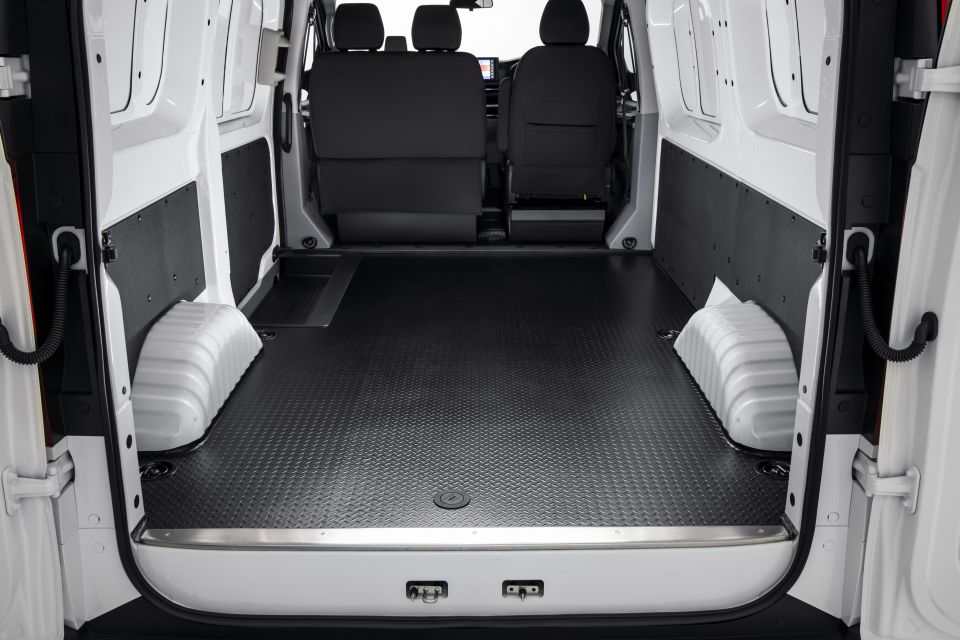
There’s no option for side door(s) with glazing, either, and buyers will have to be okay with those barn doors, too, as there’s no choice to have a tailgate if you’d prefer. However, unlike the EV model at launch, you can option it with a driver’s-side sliding door as part of a pack.
Another consideration for delivery drivers is the lack of a bulkhead or cargo cage, and that could be something you need to add to the accessory list. Oddly, UK models have the choice of a proper bulkhead with glass, but that’s not offered here in Australia.
As we mentioned in our earlier review of the eDeliver 7, the sheetmetal feels very thin – even just attaching a GoPro, I felt I may dent the door. I guess it’s gotta be cheaper somehow, right? So long as the structure is strong, it should be fine for occupant safety, too – more on that below.
Now for the cockpit. It’s basically identical to the eDeliver 7, though there is now a digital speedometer readout in the driver info display. Oh, and the fact it comes with two seats rather than three may determine its suitability for you.
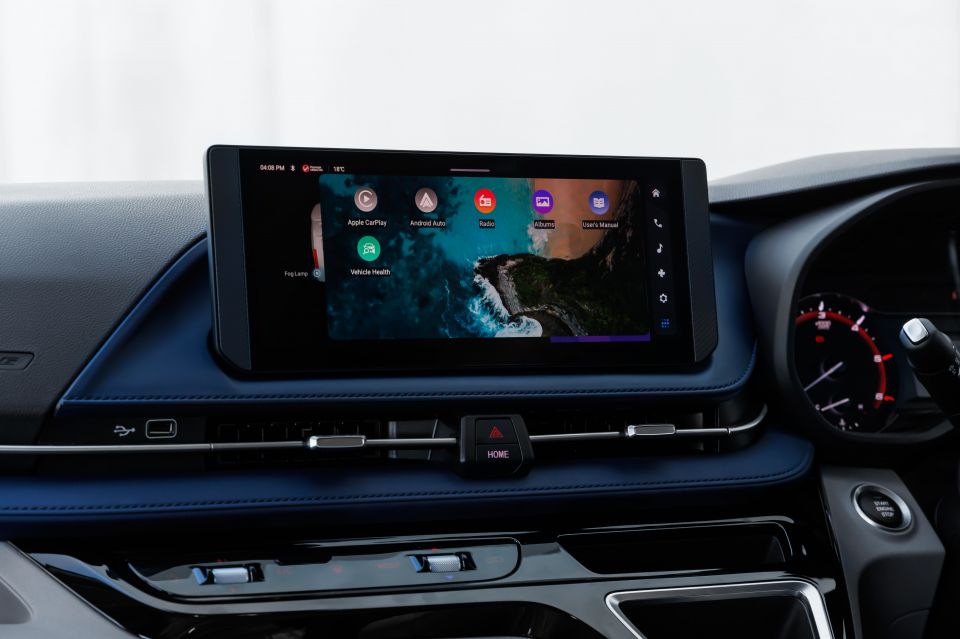
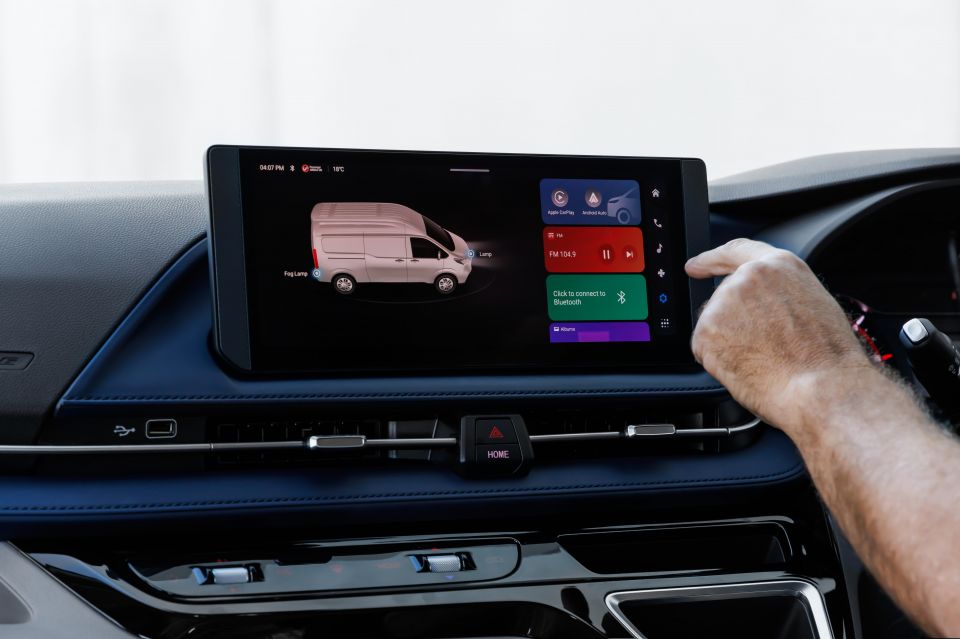

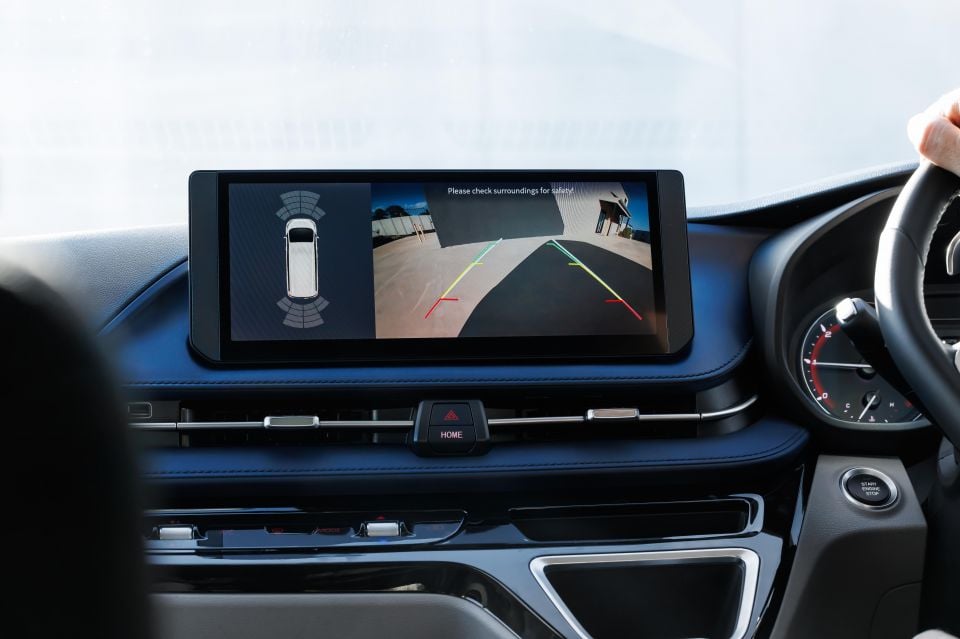
The driver’s seat offers adjustment for height and base-tilt, plus there’s an armrest, too.
Storage compartments include tiered sections in the front doors with bottle holders down low, but there are big cup/bottle holders at the edges of the dash-top, too.
A number of open storage compartments, a decent glove box, and even an ashtray mean there are places to stow loose items – but there is no overhead folder holder, and no flip-down desk-style area like you find in some other segment players.
The 12.3-inch touchscreen media system is bright, crisp, and has nice graphics and a pretty quick processor for jumping between menus – and you’ll get used to the screen pretty quick, I’d say.
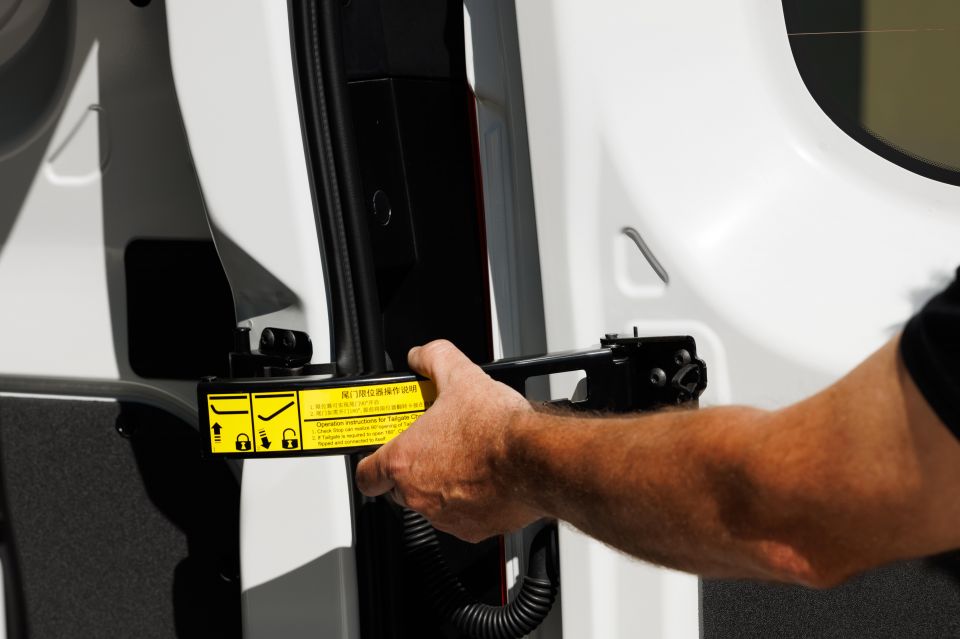
If you’re like me and just want to get in and have your phone connect up instantly, you’ll have to plug in to the USB-A port to do that.
There’s a USB-C charge port, and another USB-A charger near the driver’s right knee that might be useful to run a dashcam cable from, as it doesn’t have a charge option up near the mirror housing like in some other models.
There’s no wireless phone charging pad either, so beware if you run a couple of devices at all times. The gear selector is where the indicator stalk might usually be found, and the electronic park brake is up near the drive-mode selector and the DPF burn-off switch.
For the most part, the ergonomics and comfort are reasonably good. It certainly feels more polished than the G10+.
To see how the LDV Deliver 7 lines up against the competition, check out our comparison tool
The Deliver 7 model range is offered with a 2.0-litre four-cylinder turbo-diesel, with 123kW of power and 390Nm of torque.
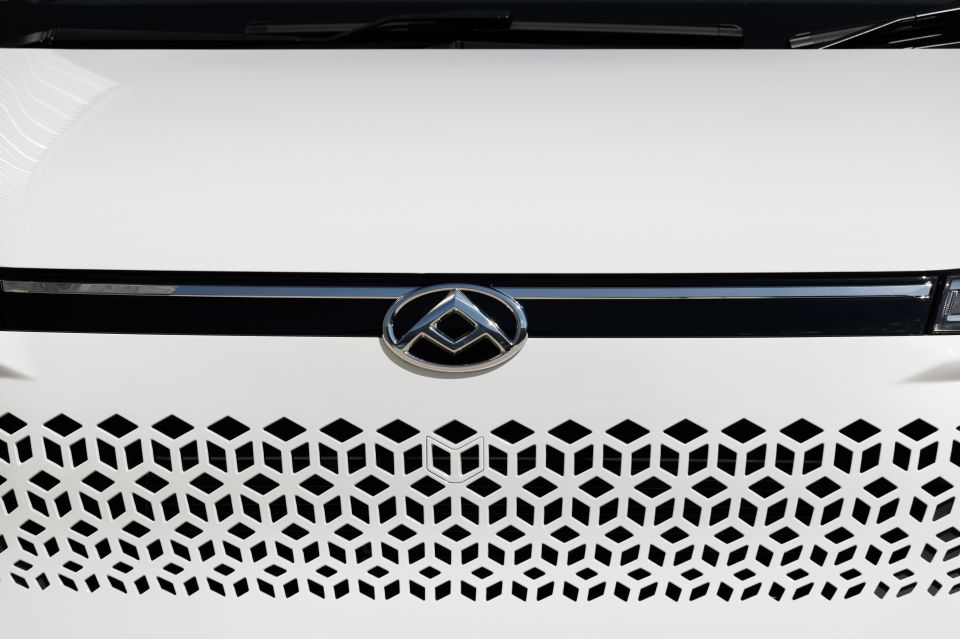
It comes exclusively with a nine-speed automatic gearbox from transmission specialist ZF, and it’s front-wheel drive… or a bum-dragger, as some say.
Officially, the LDV Deliver 7 has a fuel consumption rating of 7.7 litres per 100km. It has a fuel tank capacity of 80 litres, but only meets the Euro 5 emissions standard, emitting a claimed 203g/km of CO2. That means no AdBlue to consider, but it does have a diesel particulate filter (DPF) system.
On test I saw a displayed return of 8.4L/100km across a mix of urban, highway and open road driving, with and without a load.
The pulling-power output of this Deliver 7 outdoes the EV model (150kW/330Nm), and the diesel unit is a lot lighter, too.
| Specifications | LDV Deliver 7 SWB | LDV Deliver 7 LWB |
|---|---|---|
| Kerb weight | 2105kg | 2170kg |
| Gross vehicle mass (GVM) | 3400kg | 3400kg |
| Payload | 1295kg | 1230kg |
| Gross combination mass (GCM) | 5200kg | 5200kg |
| Towing capacity – unbraked | 750kg | 750kg |
| Towing capacity – braked | 2000kg | 2000kg |
To see how the LDV Deliver 7 lines up against the competition, check out our comparison tool
Is it as good to drive as a Toyota HiAce, Volkswagen Transporter or Ford Transit Custom? No. It’s not.
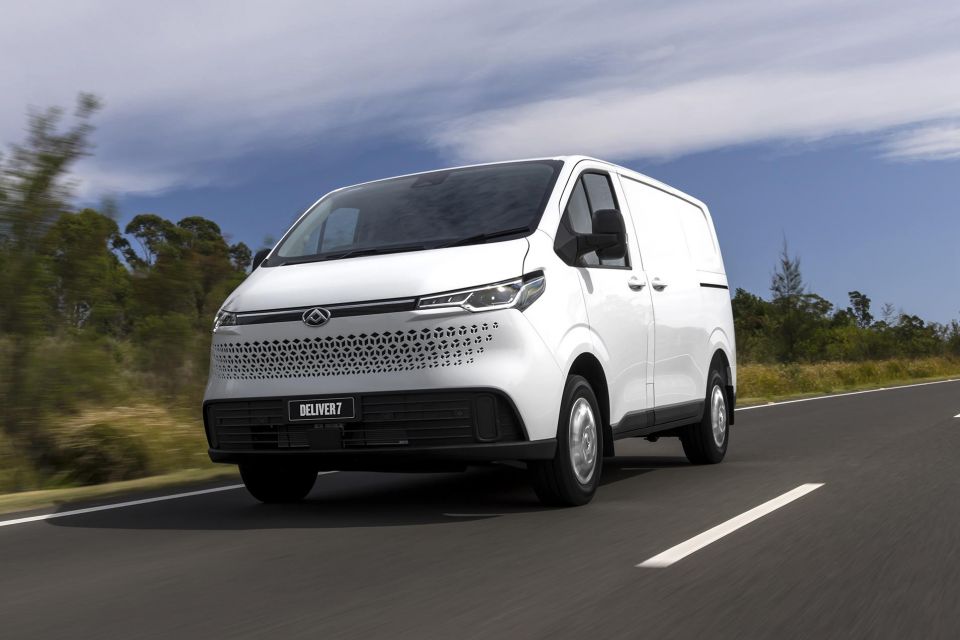
But is it bad? Not at all. In fact, it’s perfectly adequate and acceptable for the van segment, and considering where the market is right now, it seems a pretty decent drive for the dosh.
The diesel engine is a torquey and responsive thing, with a good amount of shove on offer from a standstill, and as speeds rise. It’s not a super fast thing when you get on the throttle to overtake at highway pace, but it gets along well enough.
The nine-speed ZF auto is fine in most instances, settling into the drudgery of daily driving without too much hassle. It’s just when you’re in on-off throttle situations you might find it can get a little confused as to what should happen next.
Again, it’s not a deal-breaker, but if you know you’re going to spend lots of time in traffic jams, test drive it in one before you buy.
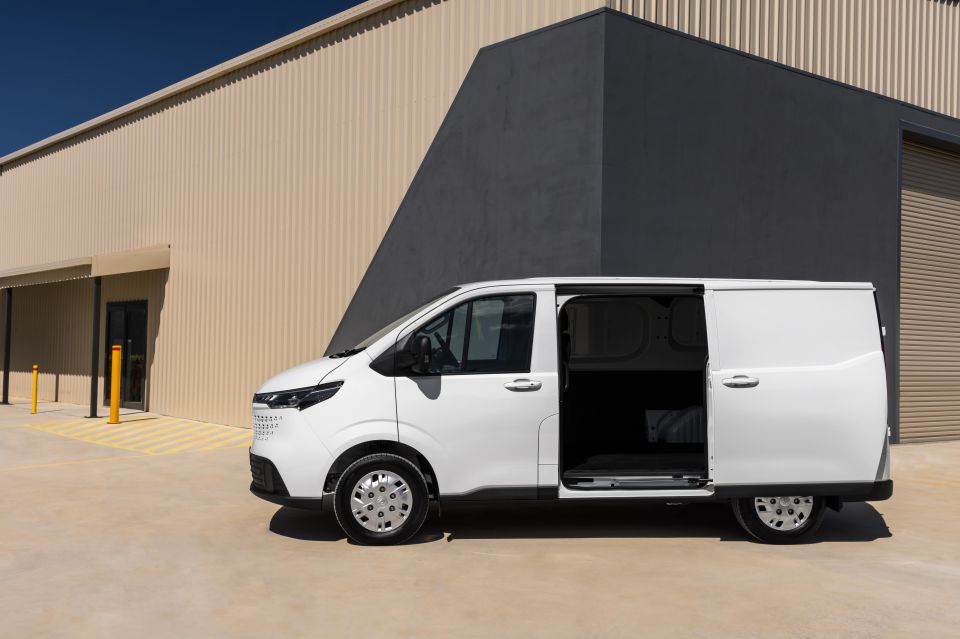
Many of these sorts of vans drive better than you’d expect, and the Deliver 7 is an acceptable offering in terms of the driving manners – for the most part.
The steering is accurate and easy to get to terms with, but just be mindful of the turning circle. It’s 12.1m in the SWB and 13.4m in the LWB, so you might need to do a five-point turn where a three-pointer may have otherwise done the job.
The ride is not too rough or harsh either, even completely unladen. Weight over the rear axle will settle things down notably, but just be mindful if you’re running without ballast in the back it can feel a little bouncy when you hit a bump and you’re riding the brakes.
Otherwise, the big annoyance when it comes to this van’s drive experience is the overzealous safety technology. For instance, the Deliver 7 seems to think that if it doesn’t know what the speed limit is, the speed sign must be a 5km/h one. So, as I found, it will beep to tell you you’re doing 50km/h in a 50km/h zone, because it thinks it’s a 5km/h zone.
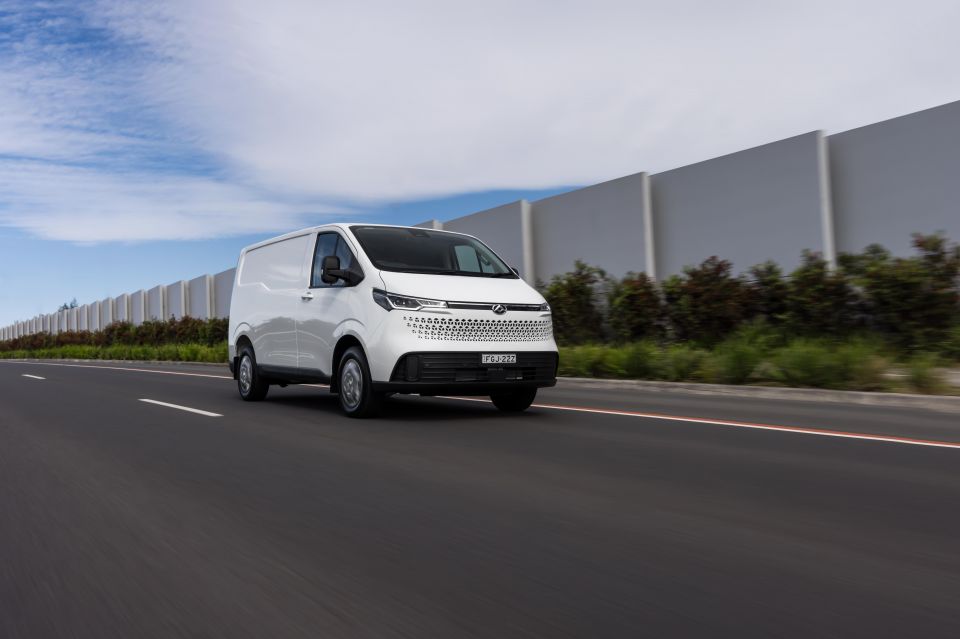
There’s a way to silence that ‘overspeed’ warning with each restart, and it will chime incessantly about speed limit changes if you don’t turn that off each time, too.
Likewise, the lane-keeping system is a touch too pushy for my liking, and the driver monitoring camera system might be handy if you’re being dangerously inattentive, but it can also alert you to pay attention, even when you’re just trying to check your surroundings.
These are all similar criticisms to the eDeliver 7, which I found equally annoying. But there are some quick ways to disable most of those functions, as the screen has some configurable shortcut controls that can be ‘pulled down’ on the display.
To see how the LDV Deliver 7 lines up against the competition, check out our comparison tool
There’s just one spec level for the two body variants.
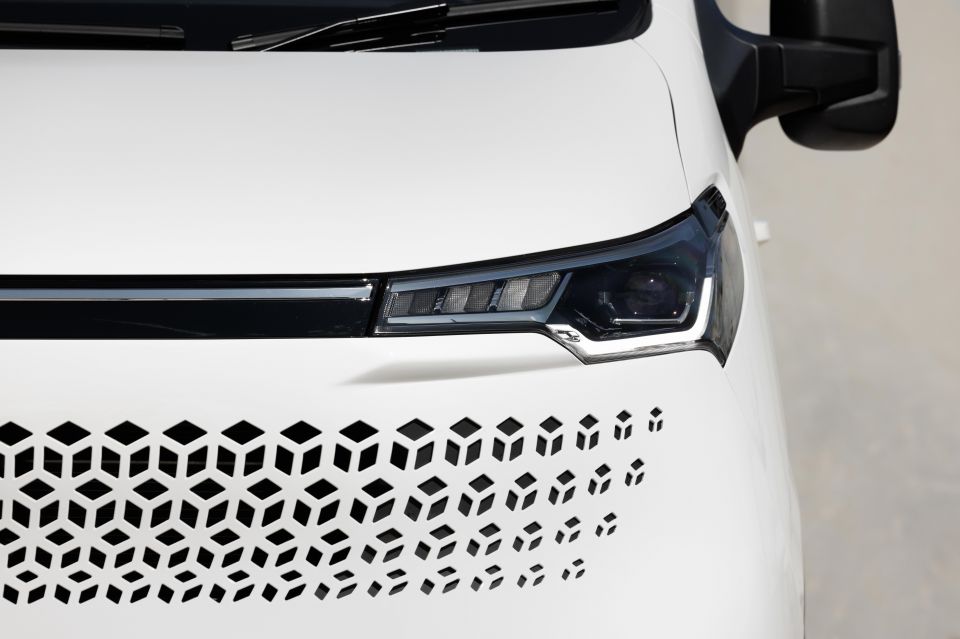

CarExpert helps new car buyers save thousands with expert reviews, honest advice, and transparent pricing – no dealer pressure and no sales games.
Deliver 7 highlights:
LDV offers the Deliver 7 with a singular option pack, pricing for which is yet to be confirmed.
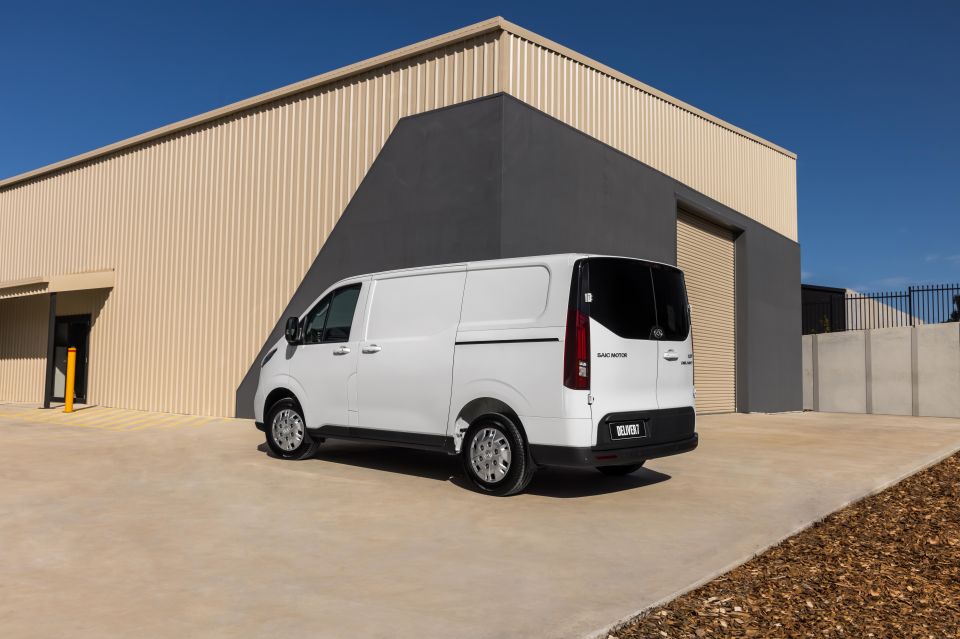
Key inclusions:
The LDV eDeliver 7 shares all of its safety tech with this diesel version, and that model achieved the Gold rating in ANCAP’s commercial vehicle testing regime, which puts the ADAS systems to the test for crash avoidance.
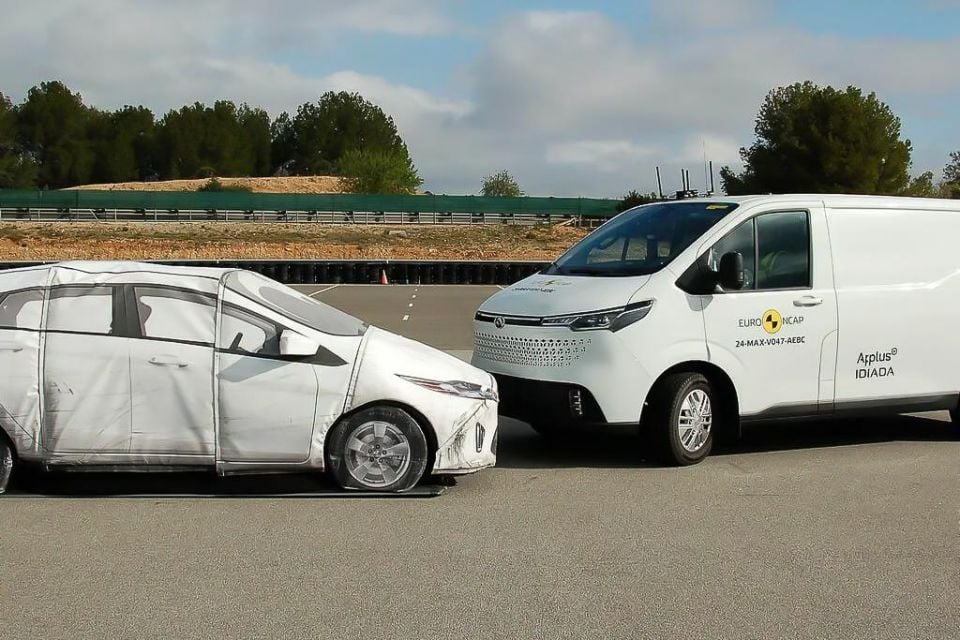
Standard safety features include:
Some of the tech isn’t enjoyable, but the safeguard is there for drivers and operators to ensure they have compliance if needed.
The standard model comes with a reversing camera, but if you option the premium pack you get a 360-degree camera system. The Deliver 7 also has six airbags – dual front, front side and front curtains.
LDV offers a seven-year/200,000-kilometre warranty for the Deliver 7 van.
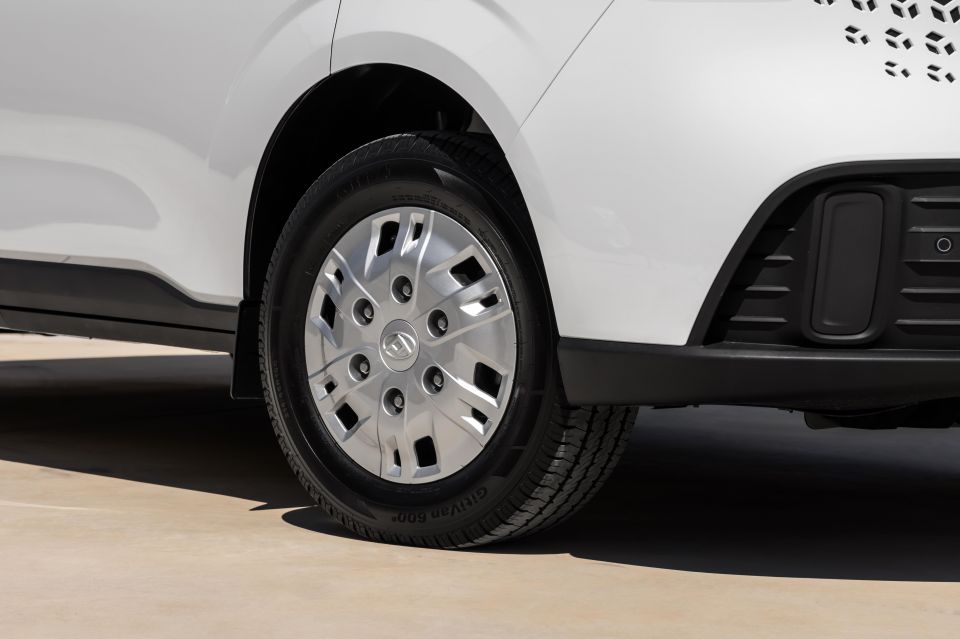
There is also a five-year/unlimited-kilometre roadside assistance plan included, which should add some peace of mind.
The first service due at 5000km, but every maintenance visit is then due at 12-month or 20,000km intervals. There’s no capped-price servicing plan, however.
To see how the LDV Deliver 7 lines up against the competition, check out our comparison tool
If you want a diesel-powered commercial van and don’t want to spend $50,000 or more, the LDV Deliver 7 could be a good option for you.

There are things that could be better, but for a fleet buyer it makes a strong case. And for business operators it will tick a lot of boxes, and move a lot of boxes too!
Interested in buying a LDV Deliver 7? Get in touch with one of CarExpert’s trusted dealers here
Click the images for the full gallery
MORE: Everything LDV Deliver 7
CarExpert helps new car buyers save thousands with expert reviews, honest advice, and transparent pricing – no dealer pressure and no sales games.
Matt has more than a decade of experience in automotive journalism, and loves exploring the pros and cons of new cars, delving into deep-dive industry stories, and going for a drive just for the fun of it.


Dave Humphreys
5 Months Ago
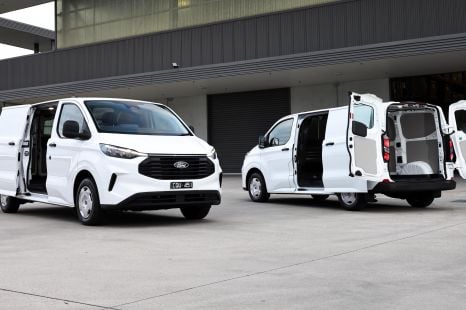

Max Davies
5 Months Ago


Josh Nevett
4 Months Ago
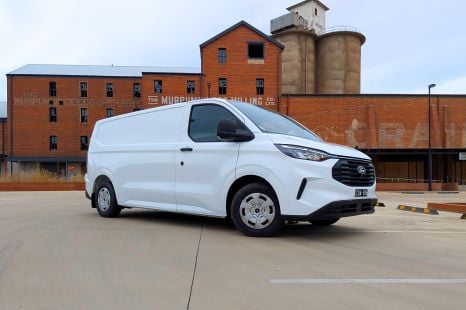

William Stopford
3 Months Ago
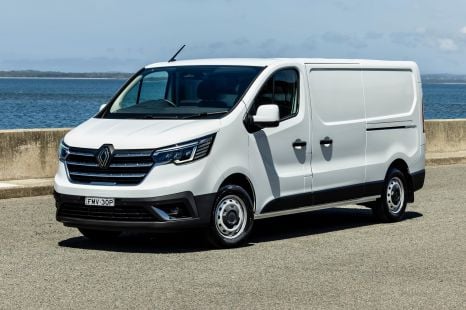

Max Davies
2 Months Ago
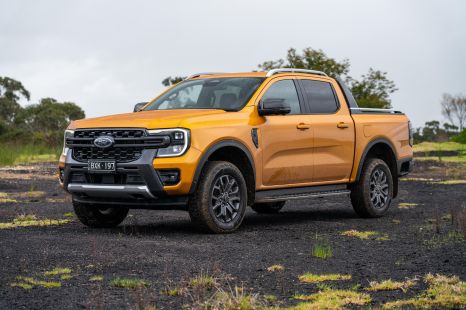

William Stopford
2 Months Ago